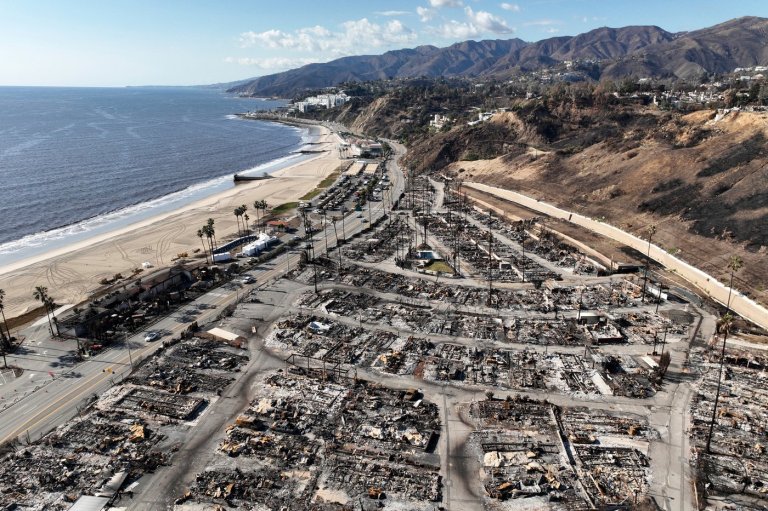What to know about the Titan sub and its tragic final dive to the Titanic
The Titan submersible was crushed by intense water pressure beneath the North Atlantic Ocean in the summer of 2023. A catastrophic implosion instantly killed the four passengers and pilot, Stockton Rush, who was also the CEO of the company that owned the vessel.
Two years later, the U.S. Coast Guard released a lengthy report saying the disaster could have been prevented, but deeply flawed safety procedures and efforts to avoid oversight had effectively doomed the vessel and all aboard.
Things to know about Titan:
What was the Titan?
Titan had been making voyages to the Titanic shipwreck since 2021. Owned by OceanGate, a company based in Washington state, the final dive came on June 18, 2023. The submersible was reported overdue that afternoon, and ships, planes and equipment were rushed to the scene about 435 miles (700 kilometers) south of St. John’s, Newfoundland.
The Titanic rests on the ocean floor about 12,500 feet (3,800 meters) below the surface. Experts had cautioned that the submersible’s hull could implode under intense pressure at extreme depths.
The craft’s design
OceanGate touted Titan’s roomier cylinder-shaped cabin made of a carbon-fiber, although experts say it was a departure from the sphere-shaped cabins made of titanium used by most submersibles.
A sphere is a “perfect shape” because water pressure is exerted equally on all areas, said Chris Roman, a professor at the University of Rhode Island’s Graduate School of Oceanography.
Titan had made more than two dozen deep-sea dives, which put repeated stress on the hull, said Jasper Graham-Jones, an associate professor of mechanical and marine engineering at the University of Plymouth in the United Kingdom.
Investigators also found that Titan was stored outdoors over the Canadian winter, where its hull was exposed to temperature fluctuations that compromised the integrity of the vessel.
The water pressure at the Titanic is roughly 400 atmospheres or 6,000 pounds per square inch. Arun Bansil, a Northeastern University physics professor, likened the pressure to the force of a “whale biting on somebody.”
“The passengers probably would have had no idea what happened,” Bansil said in 2023.
What investigators said
OceanGate had a culture of downplaying, ignoring and even falsifying key safety information to improve its reputation and dodge scrutiny from regulators, Coast Guard investigators found.
OceanGate ignored “red flags” and had a “toxic workplace culture,” while its mission was hindered by lack of domestic and international framework for submersible operations, the report says.
Numerous OceanGate employees have come forward since the implosion to support those claims.
“By strategically creating and exploiting regulatory confusion and oversight challenges, OceanGate was ultimately able to operate TITAN completely outside of the established deep-sea protocols,” the report found.
In addition to Rush, the implosion killed French explorer Paul-Henri Nargeolet, British adventurer Hamish Harding and two members of a prominent Pakistani family, Shahzada Dawood and his son Suleman Dawood.
Join the Conversation!
Want to share your thoughts, add context, or connect with others in your community?
You must be logged in to post a comment.
















